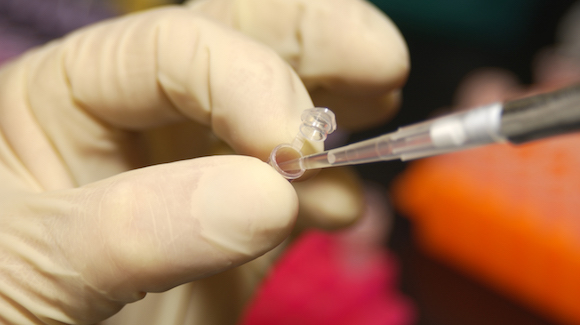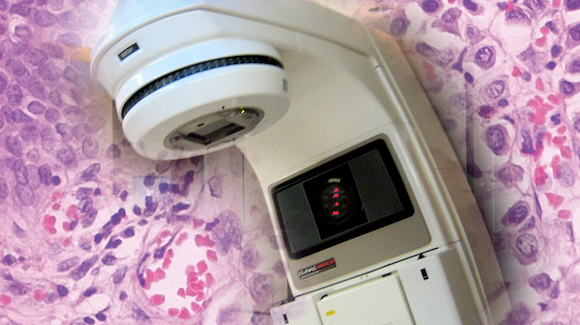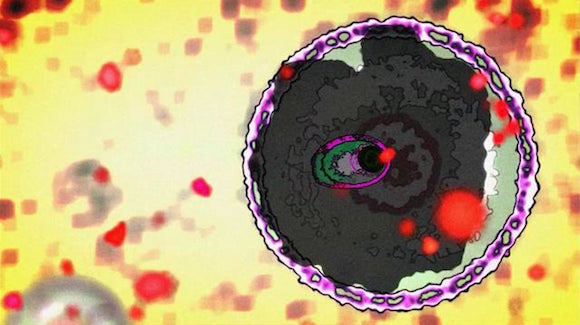Fluorescent cystoscopy beats white light in bladder cancer
Reuters Health • The Doctor's Channel Daily Newscast
June 12, 2012 • Bladder Cancer Content Hub, Oncology, Reuters Health • The Doctor's Channel Newscast, Urology
NEW YORK (Reuters Health) – Compared to white light cystoscopy, hexaminolevulinate fluorescence cystoscopic detection of papillary, nonmuscle invasive bladder cancer appears superior, researchers report in a May 12th on-line paper in the Journal of Urology.
As Dr. H. Barton Grossman told Reuters Health by email, “The long term follow-up of patients enrolled in the randomized study of hexaminolevulinate enabled fluorescence cystoscopy demonstrated a statistically significant and clinically meaningful improvement in bladder cancer recurrence. While not powered to show differences in other outcomes, participants randomized to fluorescence cystoscopy had lower rates of cystectomy and death from bladder cancer.”
Dr. Grossman of the University of Texas M. D. Anderson Cancer Center (HBG), Houston and colleagues conducted an extension of an earlier study of 551 patients with Ta or T1 urothelial bladder cancer who were randomized to either approach and followed for up to 9 months after initial resection or until recurrence.
In the current study, follow-up was extended to a median of about 4.5 years in 516 patients. In all, 31.8% of white light patients remained tumor free compared to 38.0% of the fluorescence group.
Time to recurrence was significantly longer in the fluorescence group (16.4 versus 9.4 months) and fewer patients underwent cystectomy (4.8% versus 7.9%). Bladder cancer related deaths also appeared to be lower in the fluorescence group (7.0 versus 8.6%).
“Experienced urologists,” the researchers conclude, “can quickly become competent in fluorescence cystoscopy.” And, Dr. Grossman added, “This easily learned technique can improve patient outcomes.”
Commenting on the findings, Dr. Arthur Sagalowsky, author of an accompanying editorial, told Reuters Health by email, “In this well controlled, prospective and randomized trial, Grossman and colleagues found that fluorescence cystoscopy, compared to standard white light cystoscopy, detected more tumors, resulted in statistically lower tumor recurrence rates and longer disease free intervals, and showed a trend toward increased bladder preservation.”
Dr. Sagalowsky of the University of Texas Southwestern Medical Center, Dallas, concluded that, “To date, this may represent the best studied among several new and promising techniques for improved cystoscopic detection of bladder tumors.”
SOURCE:
Long-Term Decrease in Bladder Cancer Recurrence with Hexaminolevulinate Enabled Fluorescence Cystoscopy
http://www.sciencedirect.com/science/article/pii/S0022534712035331






